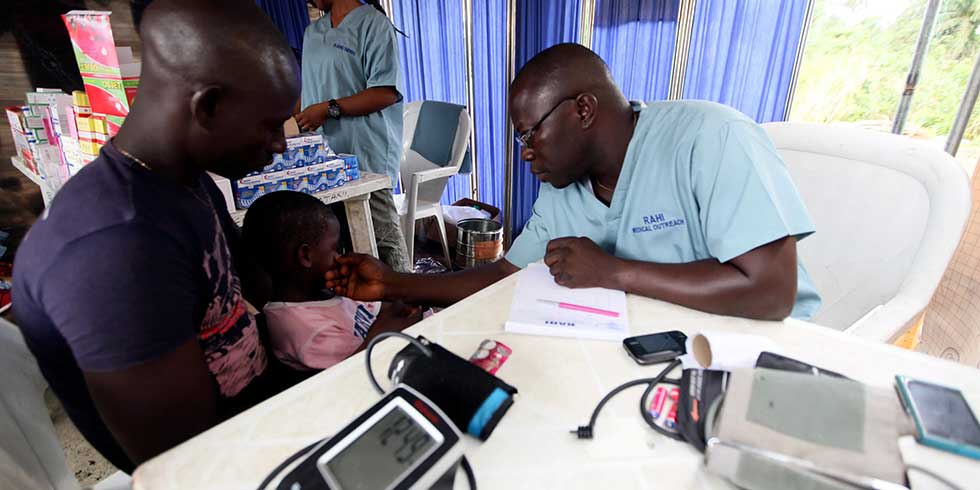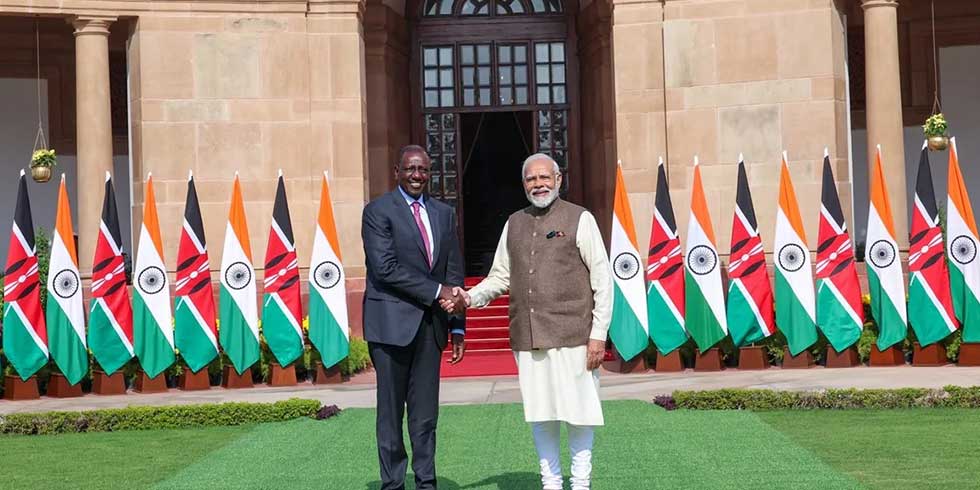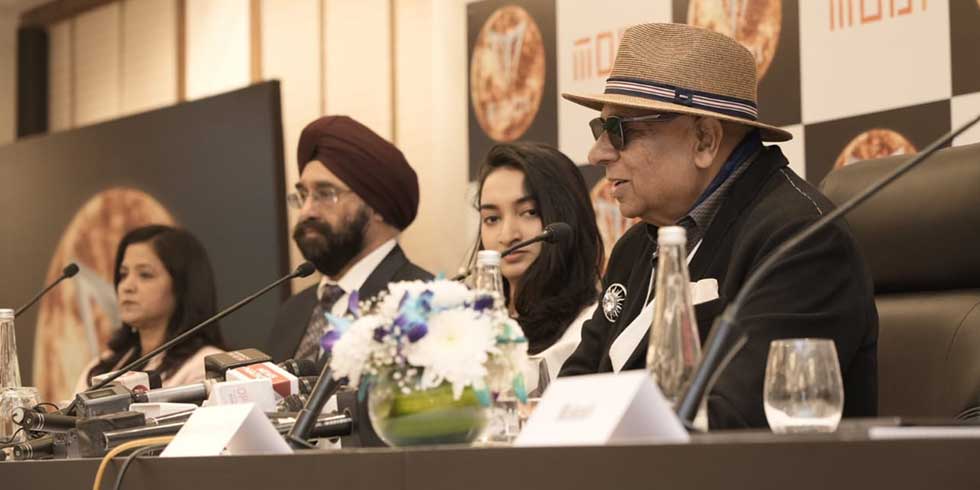Ending a two-year wait, Swedish fast-fashion brand Hennes and Mauritz AB (H&M) will open its first outlet in India at a South Delhi mall on 2 October.
H&M enters India about five years after Spanish clothing and accessories retailer Inditex SA’s Zara launched in Asia’s third largest economy, and about four months after US-based casual wear brand Gap Inc. opened shop at the same South Delhi mall—Select Citywalk.
The retailer first applied for entry in 2013. Its chief executive Karl-Johan Erling Göran Persson met then commerce minister Anand Sharma in February 2013 and put in an application soon after.
Unlike Zara and Gap, which entered India with local partners Tata group’s Trent Ltd and Arvind Ltd’s Arvind Lifestyle Brands Ltd, respectively, H&M will operate on its own as a single-brand retailer, complying with the foreign direct investment (FDI) regulations.
Japan’s Uniqlo has also announced plans to enter India.
According to the law on single-brand retail, up to 100% FDI is allowed, but only 49% can come through the automatic route. For FDI above that, a company needs to take approval, and is bound to source locally—to the extent of 30% of the value of goods purchased—preferably from micro, small and medium enterprises, village and cottage industries, artisans and craftsmen.
“India is H&M’s 60th market... According to the plans we submitted to the government, we intend to open 50 stores and will be investing €100 million (about Rs.730 crore) over the next five years,” said Janne Einola, chief executive officer, H&M Hennes and Mauritz Retail Pvt. Ltd, a subsidiary of H&M.
Einola, formerly deputy country manager for the brand in Finland and the Baltics, is also the country manager for H&M in India.
To abide by Indian FDI regulations, Einola said H&M will increase sourcing from India to 30% in five years. “We can’t quantify how much we source from India at present. But about 80% of H&M’s global requirements are currently sourced from Asian markets,” he added.
“In India, getting quality retail space is a challenge. Our pace of store opening will depend on how much quality space we get in malls across the country. Total number of stores may be more or less depending on availability of such space,” said Einola.
H&M, which became a household name in Europe with its affordable apparel and constant refreshes of its stock, will bring all its global offerings to India. “It’s the same everywhere. We’ll never compromise on quality and fashion. Our business idea is fashion and quality at best prices and in a sustainable way. Pricing depends on local taxes. But, yes, India is very price sensitive, and we’ll stay competitive,” Einola said.
Little surprise then that the product range at the H&M store in Delhi will be aggressively priced with T-shirts starting atRs.399. Most of the 25,000 sq. ft H&M outlet at the mall is dedicated to women’s clothing and accessories with prices that start at Rs.149 for hair bands and go up to Rs.18,999 for the costliest of dresses. Denim trousers for women are available at Rs.699 while those for men start at Rs.999. Most of the clothes at H&M’s Delhi store are made in Bangladesh and China, among other countries.
To be sure, India’s price sensitivity also finds reflection in other apparel brands such as Zara and Mango, which lowered their price bands. Marks and Spencer, too, tweaked its entry price points. Local sourcing helped the brand sell polo T-shirts for as low as Rs.500.
H&M’s first outlet in Delhi will compete with Zara, Gap, Forever 21, Mango, Tommy Hilfiger and Marks and Spencer in the same mall.
Einola said H&M’s second store will come up at another South Delhi mall by the end of the year. The company will open its third store in Begaluru early next year.
“H&M’s entry will result in more sourcing from India, which will essentially help local vendors. It brings affordable quality choices for young Indians, especially women,” said Arvind Singhal, chairman of retail consulting firm Technopak Advisors Pvt. Ltd.
“There was a market for western outfits which no Indian brand could service. Zara and later Gap addressed that need, but now H&M will plug more gaps. Success of these brands will encourage more global brands to come to India,” he added.
In May this year, H&M opened its largest store in Manhattan, New York, at 63,000 sq. ft, as part of its global plan to open 400 stores in 2015 in markets such as Taiwan, India, South Africa and Peru.
H&M is the second largest apparel retailer in the world after Zara. Run by Swedish billionaire Persson, the H&M group has over 3,600 stores in 58 markets globally, and registered $22.33 billion in sales in 2014. The chain was started by Persson’s grandfather in 1947.
The apparel market in India is estimated at $45 billion, and is projected to touch $200 billion by 2025, according to a study by consulting firm Wazir Advisors.
H&M to invest €100 mn in five years in India








Add Comment